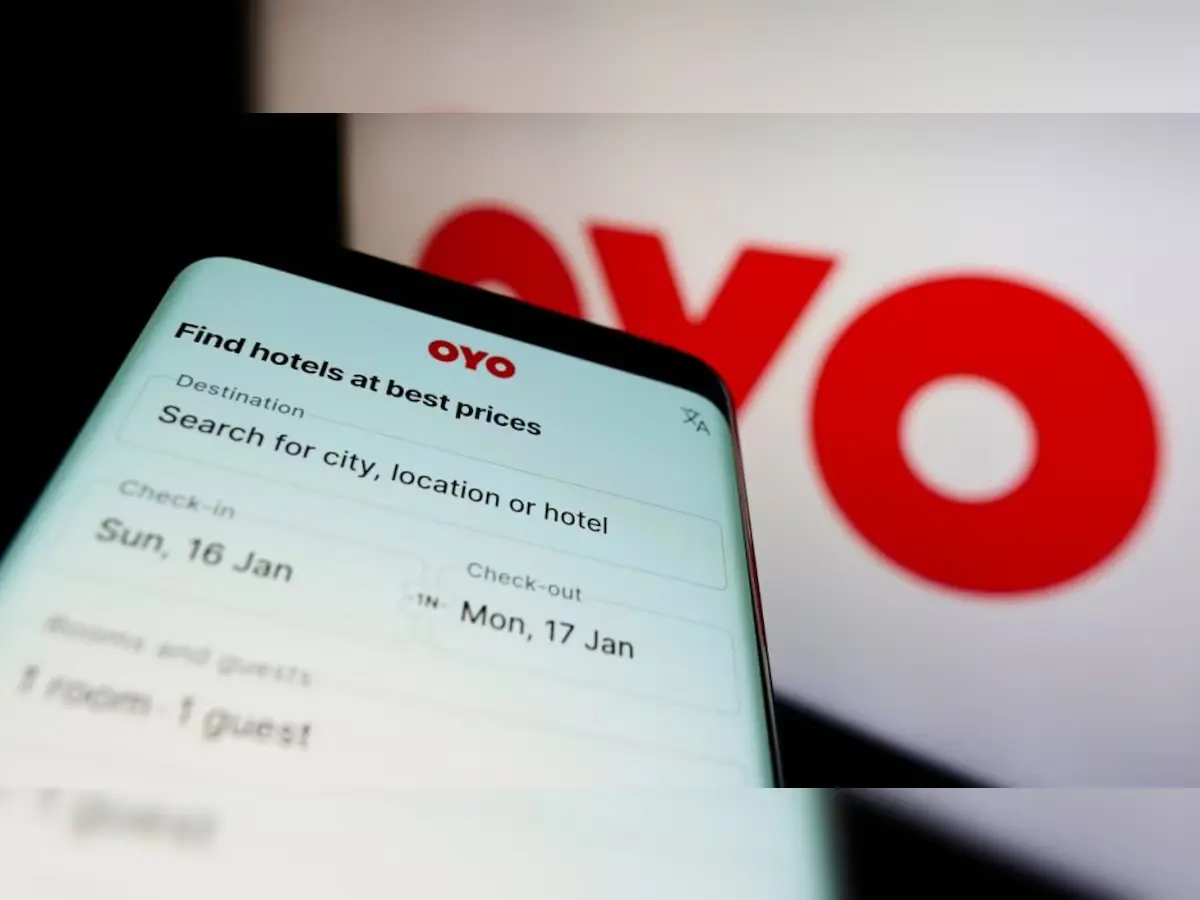
Virtual theme park rides you can experience from home
Theme parks are large amusement parks that feature a variety of attractions, rides, shows, and themed areas based around specific concepts, stories, or characters. Unlike general amusement parks, which may have a random mix of rides, theme parks are typically organized around a central theme or set of themes to create a more immersive experience for visitors.
Theme park rides come in various types, catering to different levels of thrill and excitement. Here are some common categories of theme park rides:
1. Roller Coasters
- Steel Coasters: Known for smooth, fast rides with inversions and sharp turns.
- Wooden Coasters: Typically offer a bumpier, more traditional experience.
- Flying Coasters: Riders are positioned in a prone position, simulating flight.
2. Water Rides
- Log Flumes: Riders sit in log-shaped boats and go down a water slide.
- Raft Rides: Group rides down fast-moving water with thrilling drops and splashes.
- River Rapids: Riders navigate through wild rapids in circular rafts.
3. Dark Rides
- Haunted Houses: Typically indoor rides with spooky scenes and special effects.
- Simulators: Combine movement with screen projections for immersive experiences.
4. Spinning Rides
- Teacups: A gentle, spinning ride that allows passengers to control the spin.
- Tornadoes: Rides that spin at high speeds while elevating.
5. Drop Towers
- Riders are lifted to a great height before plunging down in a free-fall experience.
6. Bumper Cars
- Guests drive small cars and bump into each other in a controlled arena.
7. Ferris Wheels
- A classic ride offering high-up views of the park in large rotating gondolas.
8. Merry-Go-Rounds (Carousels)
- Traditional rotating rides with themed animals or figures, often for younger children.
9. Kiddie Rides
- Smaller, slower rides designed for younger children or families.
10. Interactive Rides
- Laser Tag Rides: Participants shoot at targets as the ride moves through different scenes.
- 3D/4D Rides: Combine visual, sound, and motion effects for a more immersive experience.
These rides vary in excitement level and can be found in most theme parks worldwide, appealing to guests of all ages and interests.
If your family vacation to a major theme park has been dashed by the global pandemic that is Covid-19, do the next best thing and bring the theme park to you. Virtual theme park rides
Thanks to thrill ride enthusiasts, YouTube, GoPro cameras and 4K video, you can experience rides like Tron at Shanghai Disneyland and Jurassic World The Ride at Universal Studios Hollywood through your computer or TV screen.
If you have kids little enough to fit into a laundry basket, turn the experience into augmented reality IRL and do like this dad, whose video went viral for simulating the twists and turns, dips and dives of a roller coaster for his little girl to comedic effect.
Here are a few videos that offer point-of-view perspectives from aboard the ride, for the ultimate virtual experience (not recommended for those who are sensitive to motion sickness):
Tron at Shanghai Disneyland Virtual theme park rides
Jurassic World-The Ride at Universal Studios Hollywood
Star Wars: Rise of the Resistance at Star Wars: Galaxy’s Edge at Disney’s Hollywood Studios
Thanks to the internet, we can pretty much experience anything right from the comfort of our homes.
Watching POV (point of view) videos can let you experience the ride as if you are really riding it. Of course, it’s not the same thrill, but it will do in a pinch. Virtually watching theme park rides isn’t something new but it can be an experience all on it’s own.
Key Features of Theme Parks:
- Themed Areas: Different sections of the park may be based on specific themes, such as fantasy, history, movies, or even specific franchises like Disney, Harry Potter, or Star Wars. These areas often include themed architecture, décor, and entertainment.
- Attractions and Rides: These are the central components of theme parks, offering both thrill rides (e.g., roller coasters, drop towers) and family-friendly rides (e.g., carousels, boat rides). Many rides and attractions are designed to tell a story or immerse visitors in a specific narrative.
- Shows and Entertainment: Theme parks often feature live performances, parades, fireworks shows, and character meet-and-greets that are designed to enhance the thematic experience.
- Food and Merchandise: Themed food stands and stores are often integrated into the park, selling everything from snacks to merchandise related to the park’s themes or specific attractions.
- Immersive Environments: Theme parks focus heavily on creating immersive environments where visitors feel as if they are part of the world represented by the park’s themes. This can include themed music, decorations, landscaping, and costumed actors.
Popular Examples:
- Disney Parks: Such as Disneyland and Walt Disney World, known for their detailed theming around Disney movies and characters.
- Universal Studios: Theme parks based on Universal’s movie franchises, including Harry Potter and Jurassic Park.
- Epcot and Magic Kingdom: Located in Florida, they feature a mix of cultural and futuristic themes.
- Legoland: A theme park based on the Lego toy franchise, with attractions for families and children.
Theme parks are designed to provide a comprehensive entertainment experience, making them popular destinations for families, tourists, and fans of the themes they represent.










